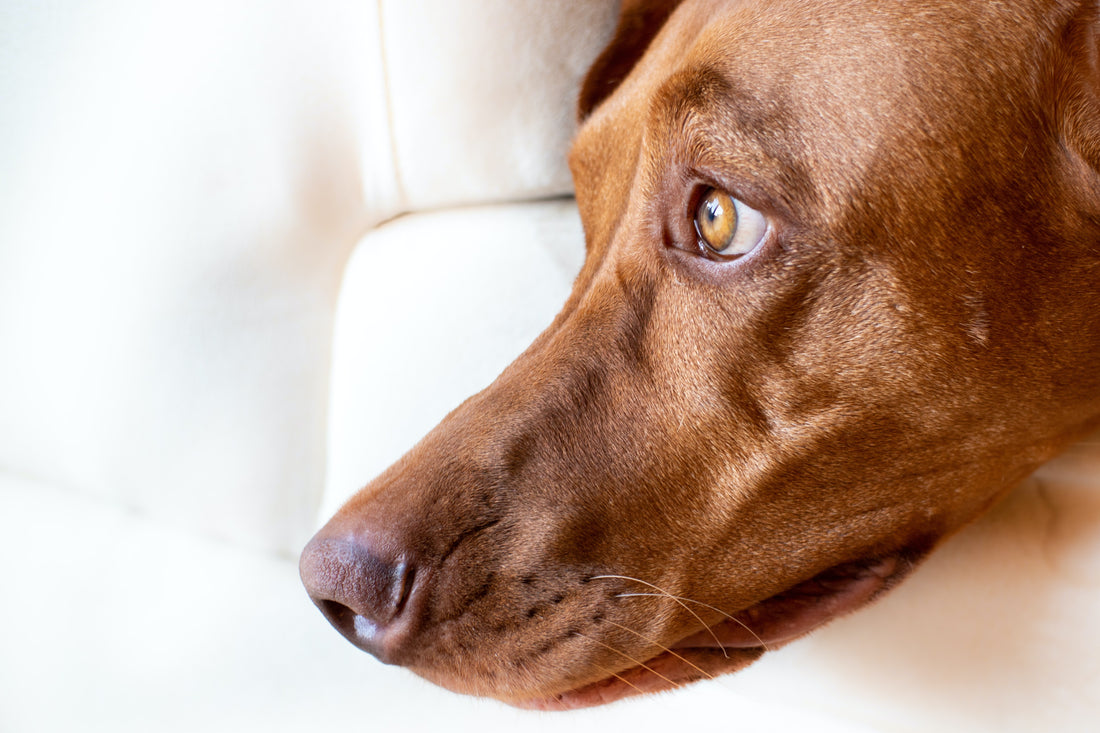As much as you would like to take your beloved pooch with you wherever you go, it isn’t always feasible. Every dog parent wants to leave home knowing their pet is safe and relaxed. However, with the strong bonds dogs form with us, some dogs struggle to cope when we are not with them.
Dogs who are anxious when their owners are away will often show a range of unwanted behaviours such as:
- Barking
- Destruction of furniture
- Toileting inside the home
- Trembling, not settling and pacing
- Depression
- Refusing to eat or play
It is not always obvious when your dog is suffering from separation anxiety. Installing a camera inside your house may offer insight into their behaviour when you are away from them.
What causes separation anxiety?
Dogs are social animals that see their humans as part of their social group. Your company provides them with a sense of security. The physical absence of your presence may be enough to trigger anxiety, but sometimes, this can begin before you have even left the house. Everyday things you do, such as putting on a coat, might be enough for them to start anticipating your departure.
A lack of physical and mental stimulation can also cause them to display anxiety. Often when boredom is the cause, dogs may use your furniture as an outlet or display disruptive behaviours.
What can we do?
The good news is that dogs can be trained to cope with anxiety. Be aware that different dogs respond at different rates and some may take longer or need you to go back a step. This training process may take a few days to complete. It is important to stay calm and never punish them as this may cause them to be fearful and lead to other negative behaviours.
- Choose a time when you’re both comfortable and calm. Have a high-valued treat ready.
- Provide a safe place in a room that they enjoy being in, such as a bed or crate.
- Ask your dog to stay in their bed for a few minutes with you nearby. Reward them if they are doing so calmly. Try not to make a fuss or make it too exciting as we want them to stay settled and calm.
- Ask your dog to stay in their bed while you increase the distance between them within the same room. After a few moments, go back and reward them calmly.
- Repeat this step while slowly increasing the distance and time apart. Aim to leave the room, perhaps closing the door behind you. You can go into another room so they do not sense you outside the door. Eventually, build up to leaving the house for short periods.
For bored dogs, enrichment is key to alleviating that frustration. Puzzle feeders and toys are helpful for this. It is important to rotate enrichment sources to keep your dog interested in them. If your dog is not keen to stay in their bed, providing things for them to do in your absence can help them cope with you not being there.
In severe cases, visiting your veterinarian will help rule out any medical reason for their anxiety. If no health issues were identified, a canine behaviourist could work with you and your dog to find a tailored method for helping them overcome their separation anxiety.

